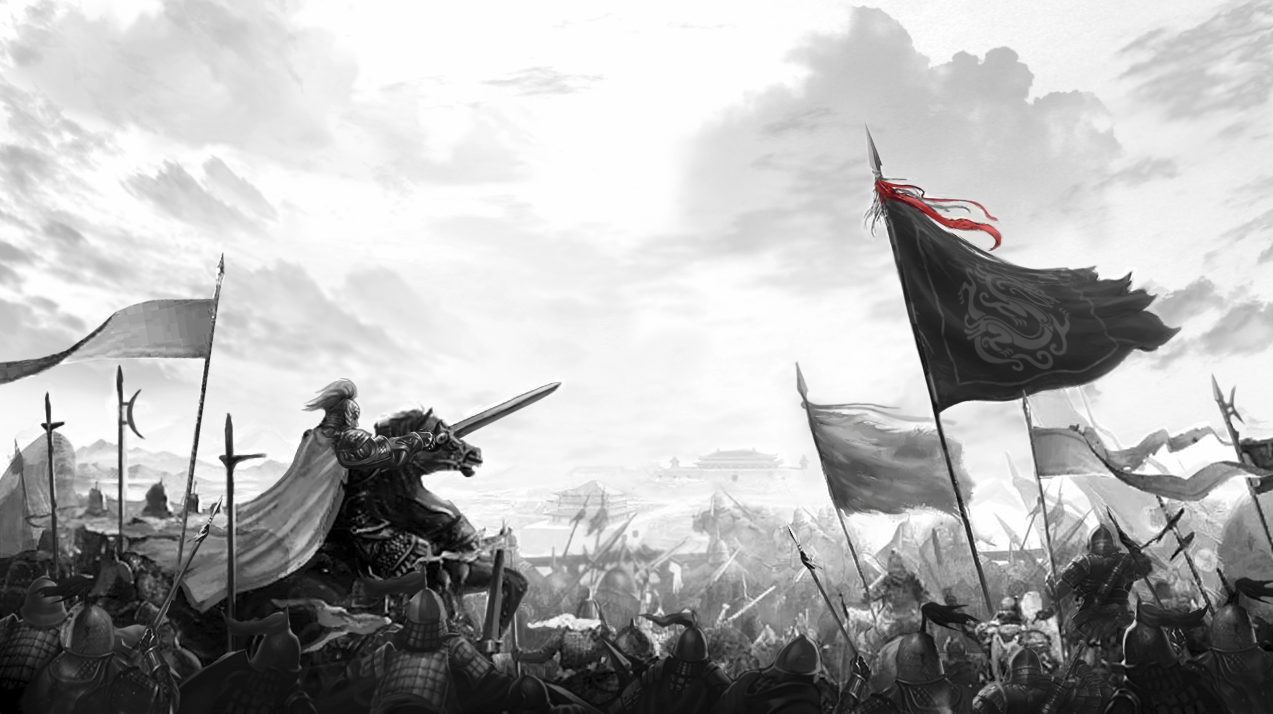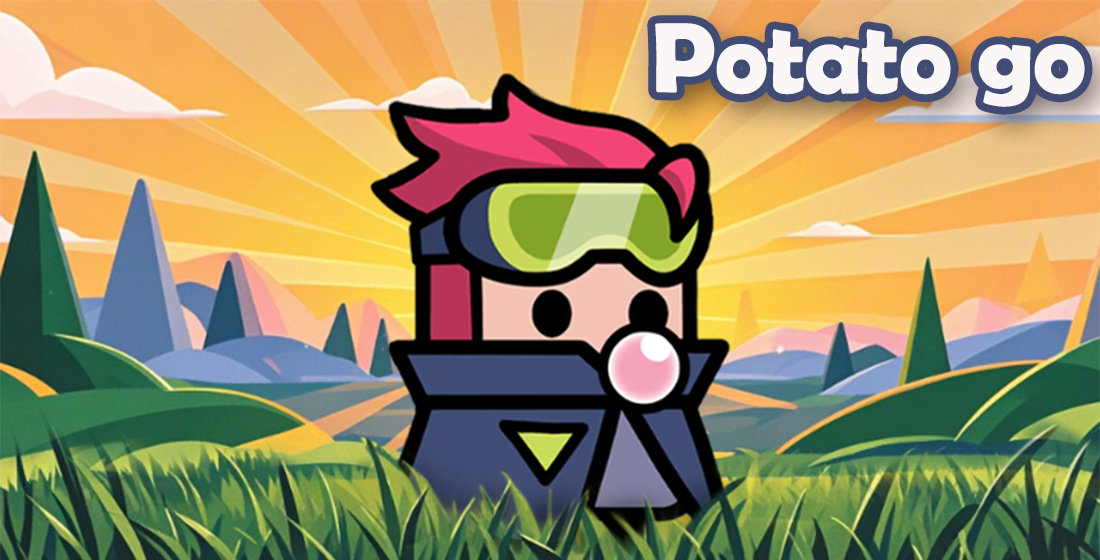Unlocking Fun and Learning: The Rise of Casual Educational Games in Modern Entertainment
In today's fast-paced world, where entertainment often clashes with education, the concept of casual educational games is making waves. These games are not only engaging but also serve as valuable tools for learning. They bridge the gap between knowledge acquisition and leisure, allowing players to learn while having fun. If you're interested in this burgeoning trend, you're in the right place!
The Appeal of Casual Educational Games
Casual educational games have gained immense popularity, especially among those who want to learn without the pressure of traditional education. Why are these games so appealing? Here are a few reasons:
- Accessibility: These games are often available on multiple platforms, including mobile devices, making them easy to access anytime.
- Entertainment Value: Unlike conventional learning methods, these games incorporate fun elements that keep users engaged.
- Instant Feedback: Players receive immediate feedback, allowing for a more interactive and responsive learning experience.
Examples of Educational Games
When it comes to casual educational games, there’s a wide variety. Here are some excellent examples that have captured the hearts and minds of players:
| Game Title | Description | Target Audience |
|---|---|---|
| Brain Age | A puzzle-style game that challenges cognitive skills through various mini-games. | Adults and Young Adults |
| Zelda: Tears of the Kingdom | Combines adventure with problem-solving, including the Gerudo puzzle that requires critical thinking. | All ages |
| Duolingo | An innovative language-learning game that offers bite-sized lessons in a competitive format. | Language learners of all ages |
How Casual Educational Games Enhance Learning
Despite their fun nature, these games can profoundly impact the way learning occurs. Here are some key points on how they enhance learning:
- Engagement: Players are naturally motivated to continue playing because they enjoy the game format.
- Development of Critical Thinking: Many games involve complex problem-solving scenarios; for instance, solving the Gerudo puzzle in Zelda emphasizes strategic thinking.
- Reinforcement of Knowledge: Casual games can repeatedly expose players to concepts, reinforcing what they learn in a low-pressure environment.
Moreover, incorporating subjects like cooking—a common theme in many casual games—also taps into practical knowledge. For example, if you're wondering what herbs go with potato wedges, participating in cooking-themed games can provide you with fun tips and recipes while teaching you about flavor pairings.
Future of Casual Educational Games
The future looks bright for casual educational games. As technology advances, we’ll likely see more complex and immersive experiences. Virtual reality (VR) and augmented reality (AR) are paving the way for even more engaging ways to learn. Imagine exploring historical events in VR or manipulating mathematical concepts in AR—how exciting!
Conclusion
Casual educational games are transforming the landscape of learning by combining fun with education. They cater to a generation that values efficiency, instant gratification, and engagement. From critical thinking skills required in puzzles like the Gerudo puzzle in *Zelda: Tears of the Kingdom* to practical knowledge about cooking, these games open a treasure chest of learning opportunities. As we move forward, the possibilities are endless. If you haven't yet tried out a casual educational game, give it a go—who knows what you might unlock!



